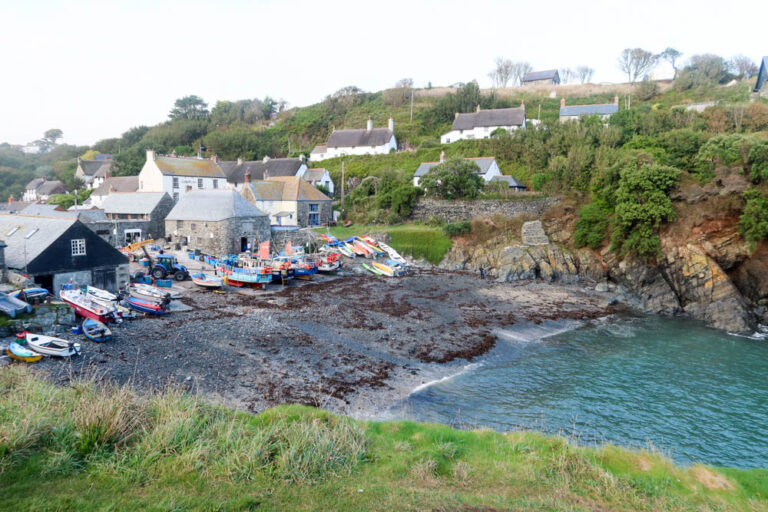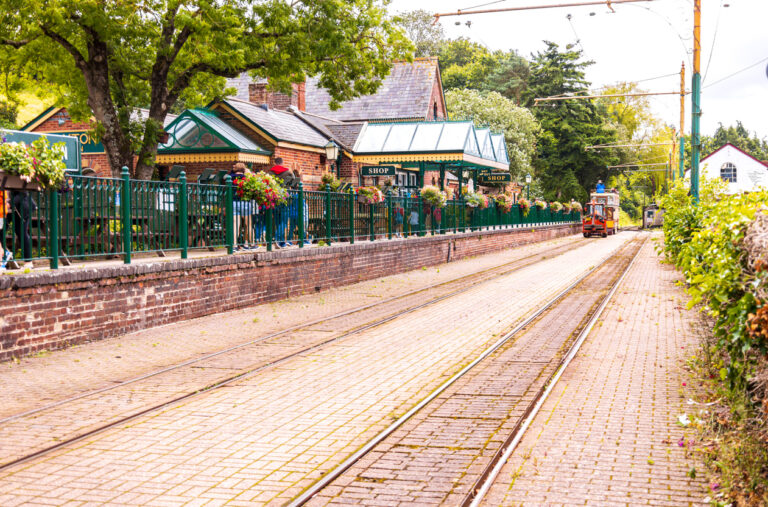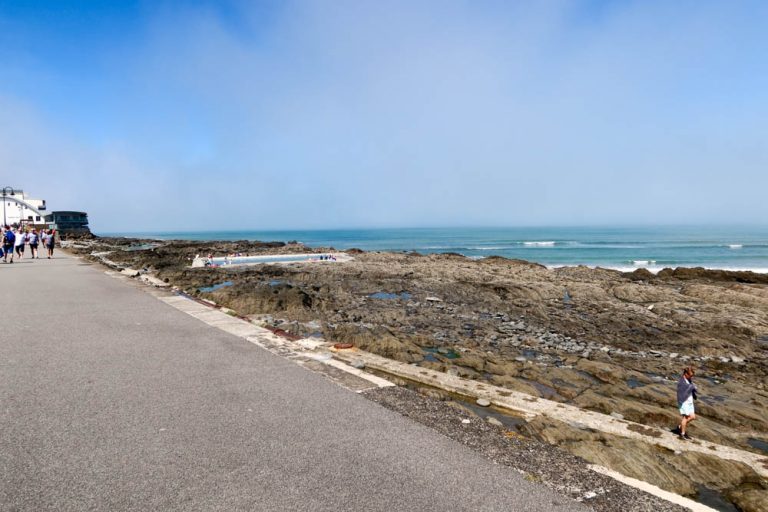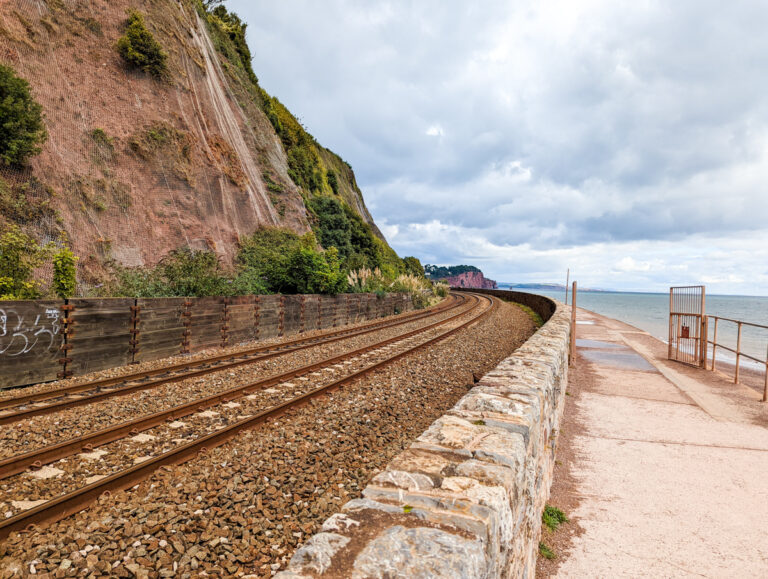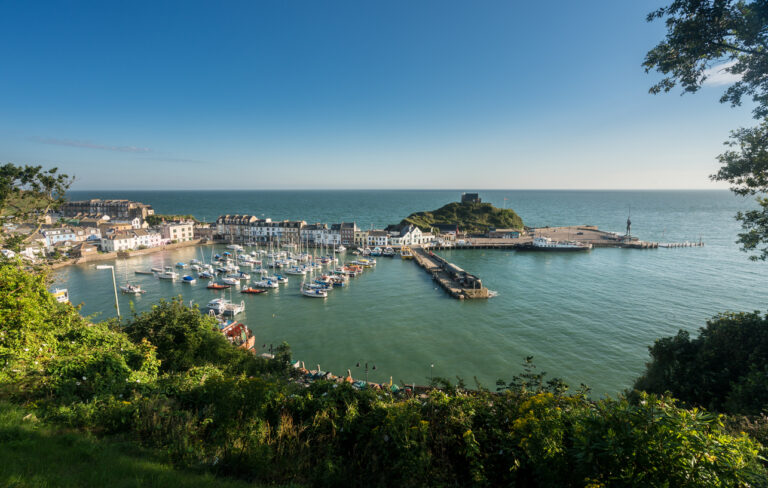12+ Fun Things to do in Tavistock, West Devon
There are so many things to do in Tavistock, from its historic markets to its iconic church. If you’re looking for Tavistock attractions, here is our full list of them!
With a neo-gothic town hall that spans high into the sky on one side and a centuries-old crumbling church on the other, Bedford Square in Tavistock is one of the most beautiful town centres in Devon.
It’s worth visiting just to look at the architecture, but brush a little below the surface, and you’ll find quirky eateries, its historic pannier market, and enough history to captivate even the most well-versed of travellers.
There is plenty to experience and learn about in the bustling market town itself, but it is also in an advantageous position near Dartmoor National Park and the Tamar Valley.
Read on, as we look at the best Tavistock activities and attractions!
About Tavistock
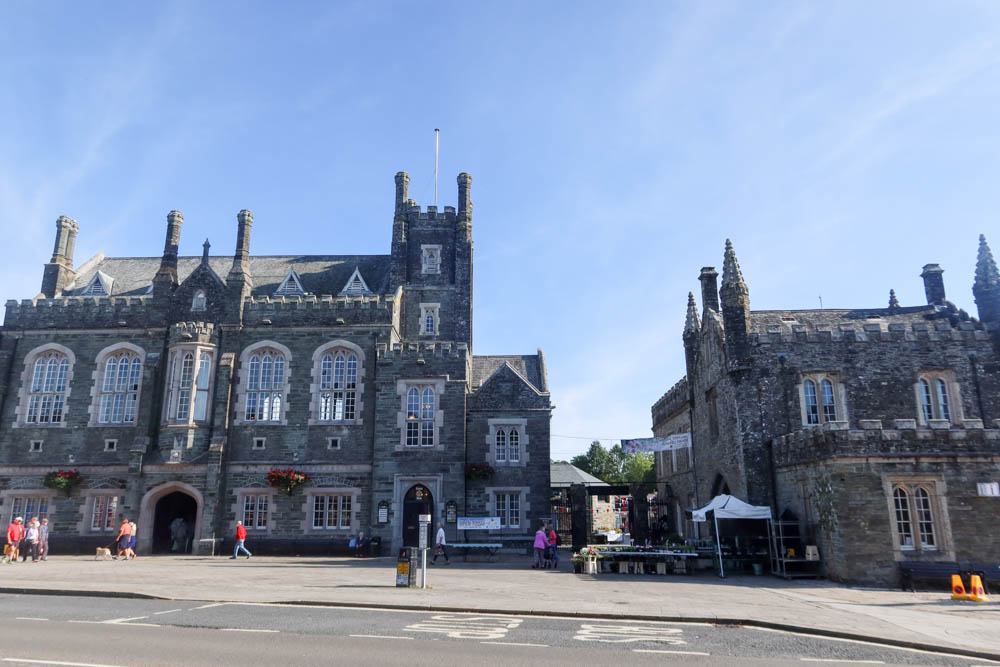
Tavistock is a west Devon market town with a population of just over 11,000 people.
It isn’t somewhere that is on many places to visit in Devon lists – but its beautiful buildings and bustling atmosphere make it one of my favourite towns in the county!
Tavistock history
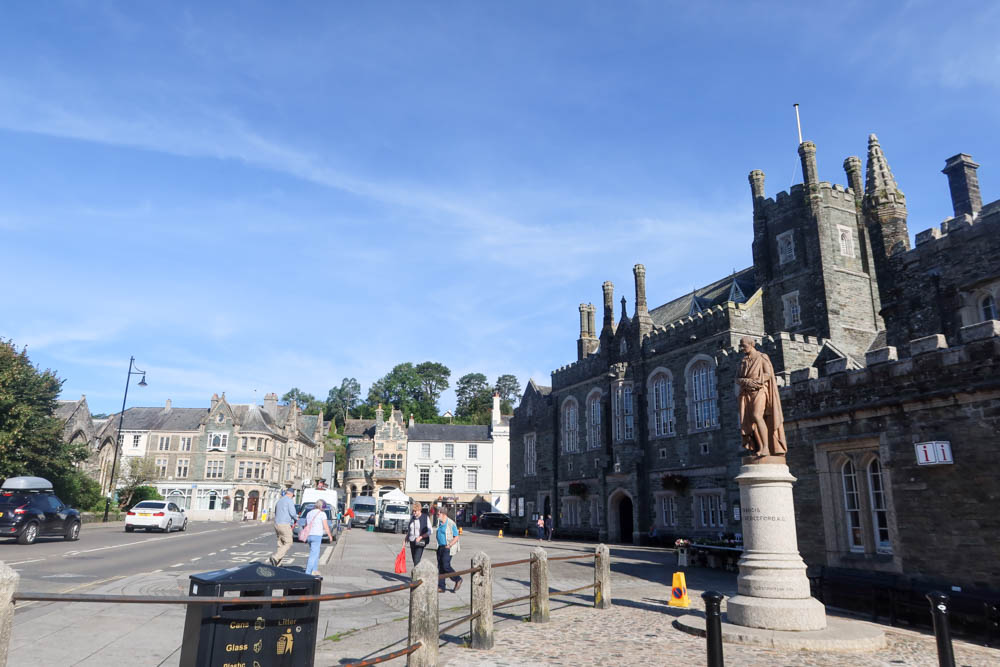
Tavistock has a long history spanning back through the decades.
Its story begins in the early 9th century when an iron age fort was created in town.
Said fort was recorded as ‘Tavy-stoc’, hence the name!
In 961, the abbey of Saint Mary and Saint Rumon was founded by Ordgar, the Earl of Devon.
It was destructed in 997 but then restored, and was the wealthiest house of Devon during the Norman Conquest (1066).
In the 12th century, a Royal Charter gave Tavistock the right to hold a market.
This was run by the monks and was called a ‘pannier market’, named after the baskets that they carried goods in.
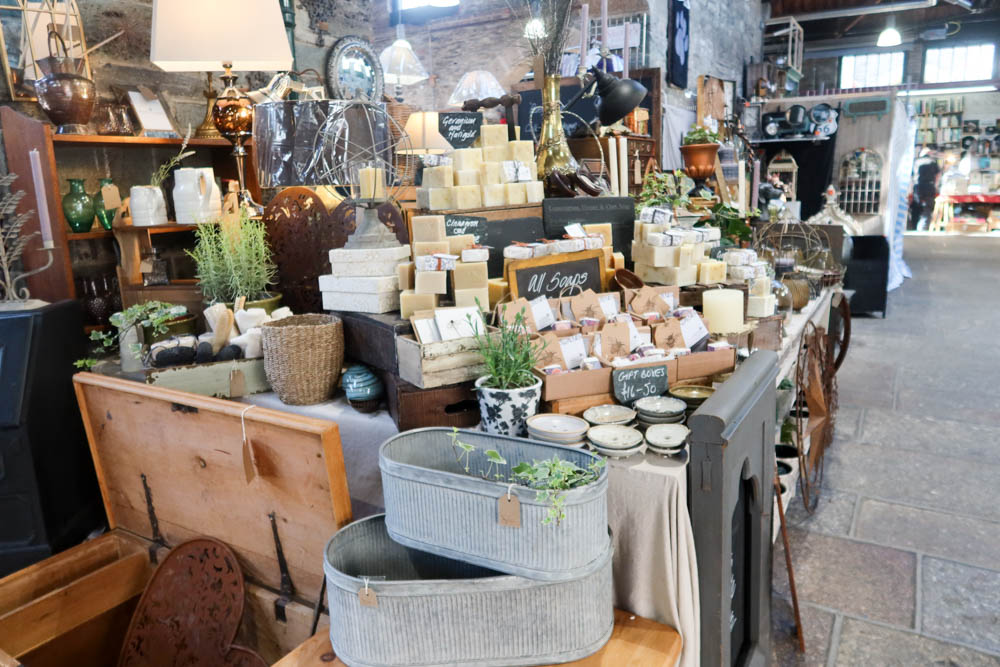
The town developed around the market. It became a parliamentary borough in the 13th century, meaning that it was represented in parliament.
The tin industry grew in the Middle Ages, and in the 14th century it became one of Devon and Cornwall’s stannary towns, where the town administered its own tin-related affairs.
The beautiful St Eustachius Church was built in 1318 – some parts of the church still hark back from this era, but most of it is more modern.
The church that you see today was built in the latter 14th and early 15th centuries.
The church notably featured a clothworker’s aisle, which represents how significant the textile industry was becoming to the region – the whole of Devon prospered due to the woollen cloth industry around the 15th century and beyond.
The abbey was also rebuilt in the 15th century but soon after it was a victim of the dissolution of the monasteries.
This happened in the 16th century and was when Henry VIII closed down all of the monasteries as he converted England from a Catholic to a Protestant country – all because he wanted a divorce!
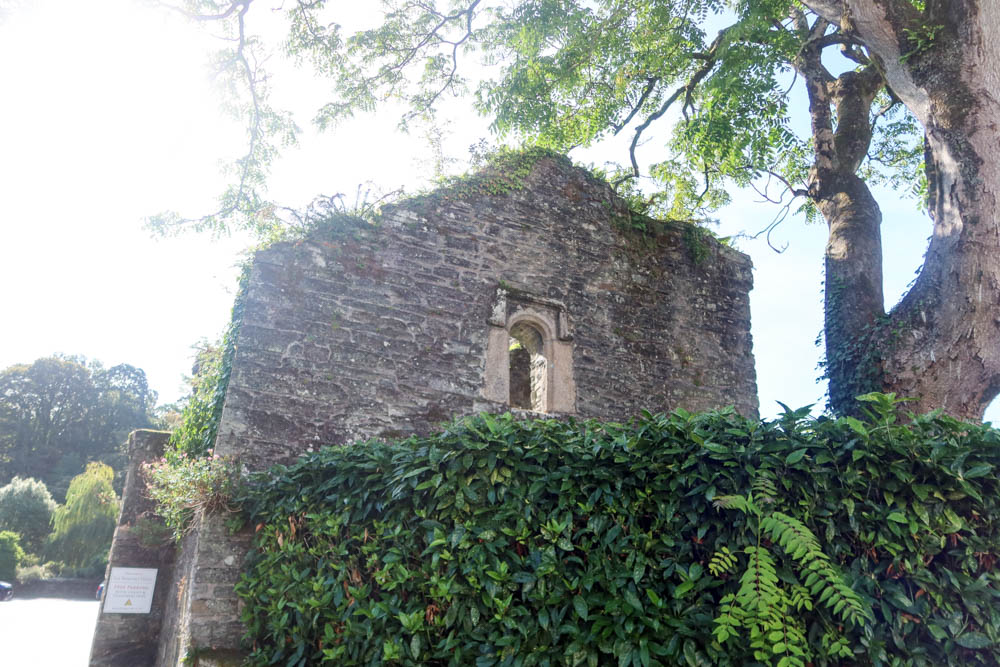
The dissolution of the monasteries changed Tavistock considerably.
The abbey lay in ruins, and the Russell family became the dominant force before the land was given to the Earls and Dukes of Bedford.
You can see Bedfords’ influence all around the town today, and they still have ties to the area.
The most notable character from Tavistock is perhaps Sir Francis Drake, who was born at Crowndale Farm near Tavistock College.
He is famous for being the first Englishman to circumnavigate the world and for warning the crown about the incoming Spanish Armada.
But it’s important to point out that he was also a slave trader.
By the 17th century, Tavistock was one of the most prosperous towns in South West England.
It had some victims in the Black Death but was nowhere near as impacted as other places.
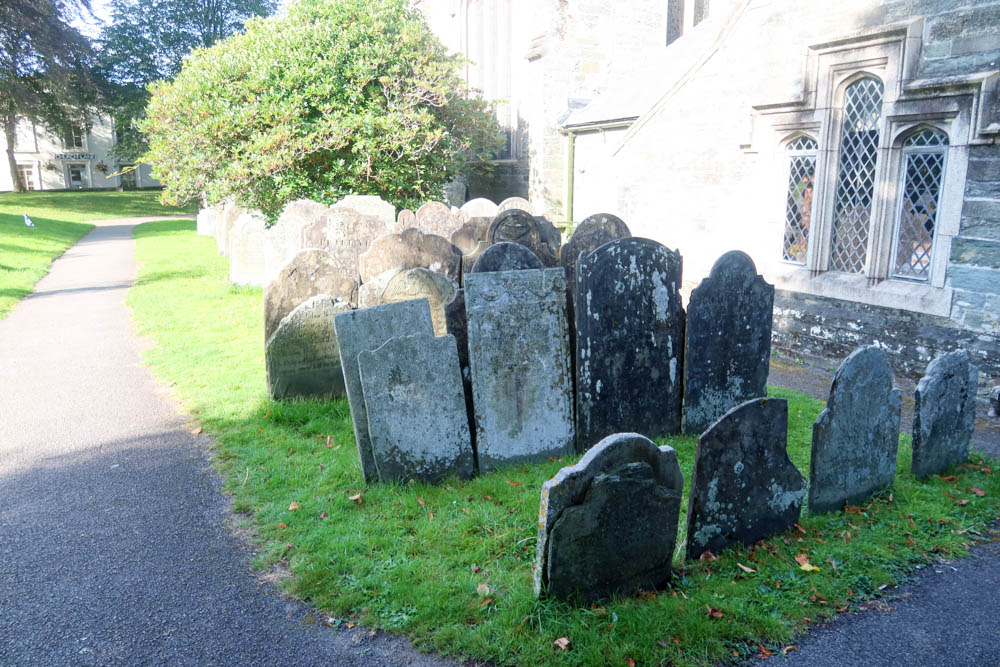
Tin mining was less popular, but the woollen cloth industry was booming.
However, after the English Civil War (when Tavistock spent a bit of time on both sides) and by the start of the 19th century, the woollen cloth industry started to decline, thanks to new machinery in other parts of the country.
Its fascinating history continued to flux, however, as a large copper mining cooperation opened locally in the mid 19th century.
You’ll still see lots of copper as you explore Tavistock – most notably the statue of Bedford in the middle of town!

The town had lost both of its members of parliament by the latter 19th century.
It made use of the railway lines in 1859 when the town centre was remodelled very thoroughly by the Duke of Bedford.
However, the family sold most of their holdings in the area in 1911.
In the 20th century, many of the industries that have propped up Tavistock’s fascinating history declined, but tourism increased.
Due to its favourable position near Dartmoor and the Tamar Valley, it sees a number of tourists passing through, perhaps stopping for a coffee on their way to Devon’s natural wonders – but as you’ll see, Tavistock has plenty of other attractions in its own right!
Where is Tavistock?
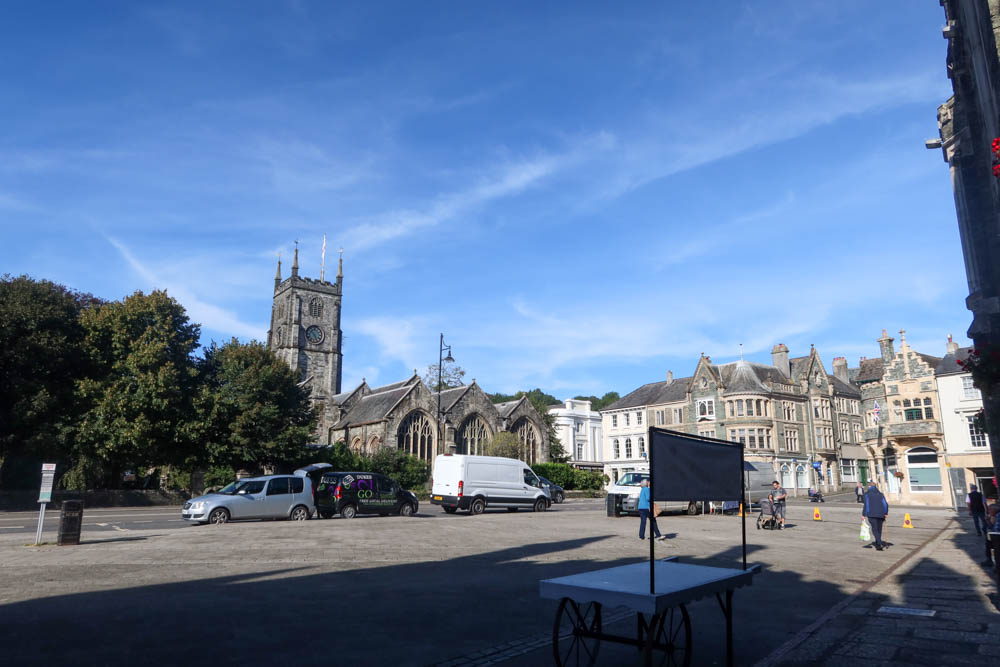
Tavistock is located in West Devon in South West England.
It’s on the western edge of Dartmoor and just east of the Cornwall/ Devon border.
It’s one of the most southwesterly areas of the United Kingdom, but it’s well worth the journey!
It is 14 miles from Plymouth, 16 miles from Okehampton and just under 40 miles from Exeter.
How to get to Tavistock
Although there were historic railway lines into Tavistock, you can’t get there by rail nowadays.
The most popular way to reach the town is by driving; various locations in South West England can be a bit tricky to get to by public transport!
From the M5 (which connects to Bristol and Birmingham), take the A30 at Exeter.
Follow this road past Okehampton and then take the A386. This road leads to Tavistock.
The number 1 bus connects Tavistock and Plymouth, and the 118 leads to Okehampton. If you’re visiting Tavistock from further afield, it’s best to take a train to Plymouth and then change to the Tavistock bus.
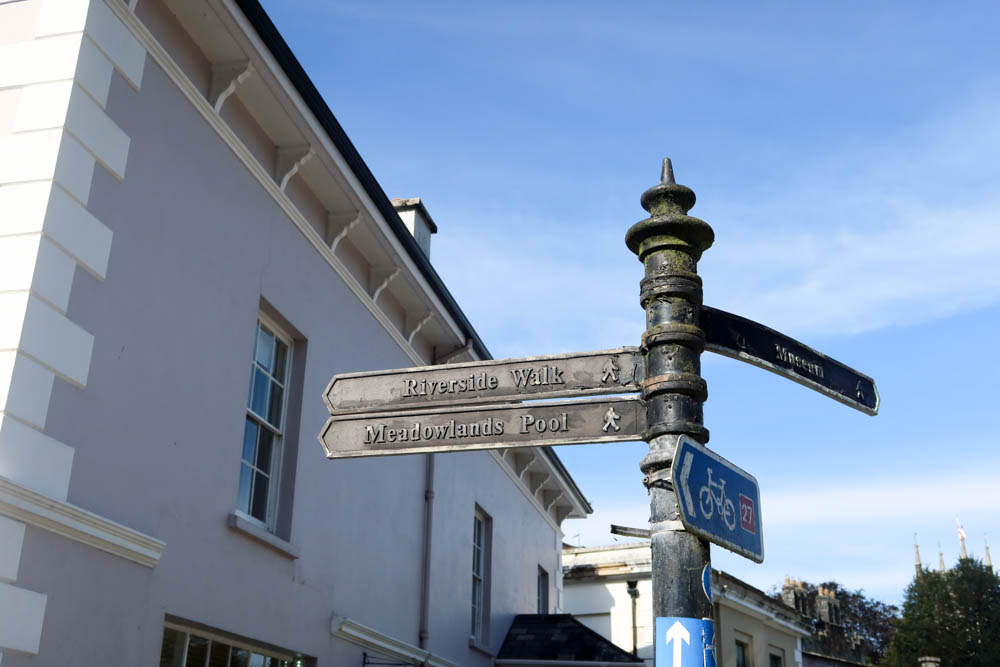
Where to park in Tavistock
There are a few places to park in Tavistock.
- Bedford (PL19 0EA) is £2 for 4 hours or £4 for parking all day
- Alternatively, head to Brook Street (PL19 0HD) multi storey which is £4 for all day parking on the upper tiers
- Or Riverside (PL19 9AZ) has all-day parking for just £2.50!
There is also on-street parking, some of which is free for and limited to one hour.
Things to do in Tavistock
With wonderful history and proximity to some of west Devon’s best nature, it’s no surprise that there are plenty of things to do in Tavistock.
Here’s the best of the best!
Tavistock Pannier Markets
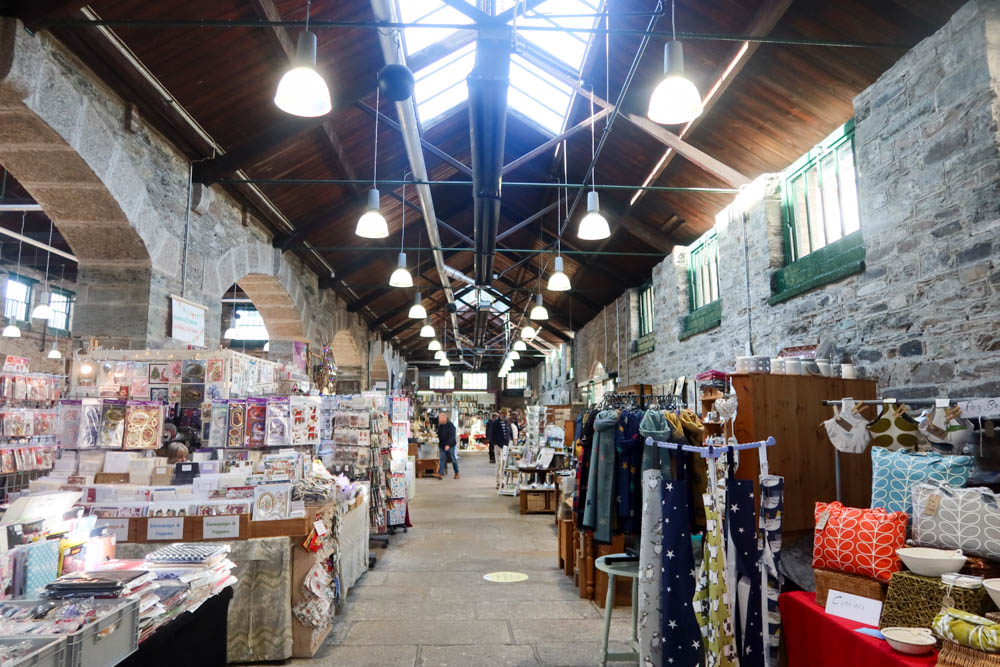
The Tavistock Pannier Market harks back 900 years to 1105, when Tavistock first got its Royal Charter and permission to hold a market.
Today, the covered markets are full of local produce, handmade craft products sold by local businesses and other handy items that you might need – or just interesting things that you might want to browse!
You can get some real bargains here, so do add a stroll around the markets to your list of things to do in Tavistock!
Tavistock Town Hall Buildings
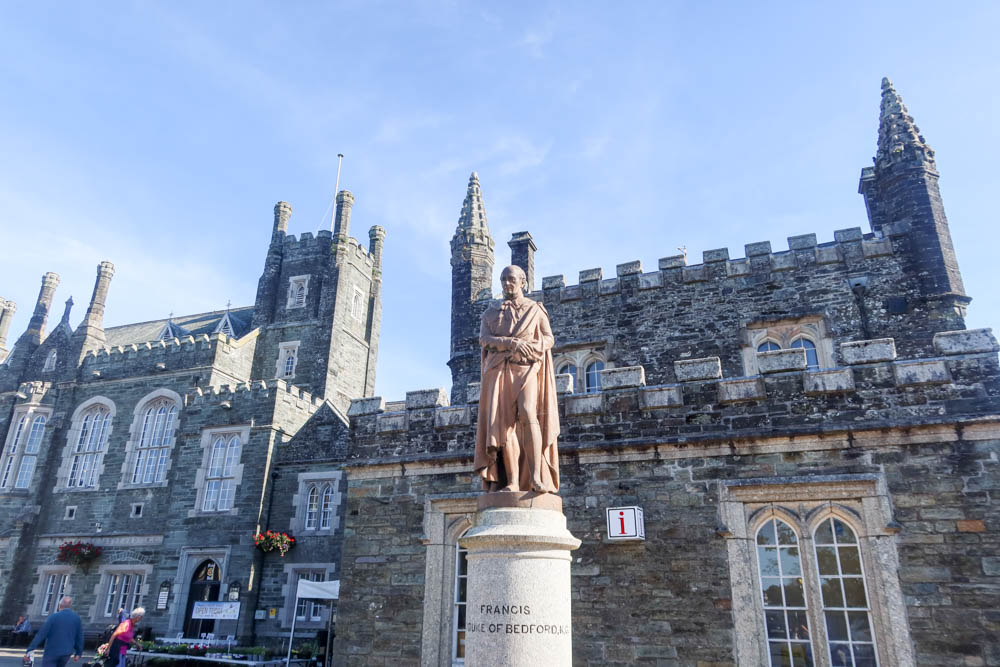
Tavistock town hall is an attention-grabbing building and one of the most beautiful places to visit in the town.
The grade II listed building dates back to the mid-19th century, although there has been a guildhall on the site since the early 16th century.
The current hall was made from locally quarried stone and built in Gothic Revival style, with elegant asymmetrical features and an arched carriageway.
It’s a beauty to look at; the public can only see the outside, but definitely take some time to take it all in while you’re here!
It housed people who were displaced in Plymouth during the Blitz and has been the setting for political speeches, parties for primary school children and more throughout the years.
But nowadays, it’s mainly used for civic events.
It looks over Bedford Square, which is named after the Duke of Bedford who has connections to the town.
Church of St Eustachius
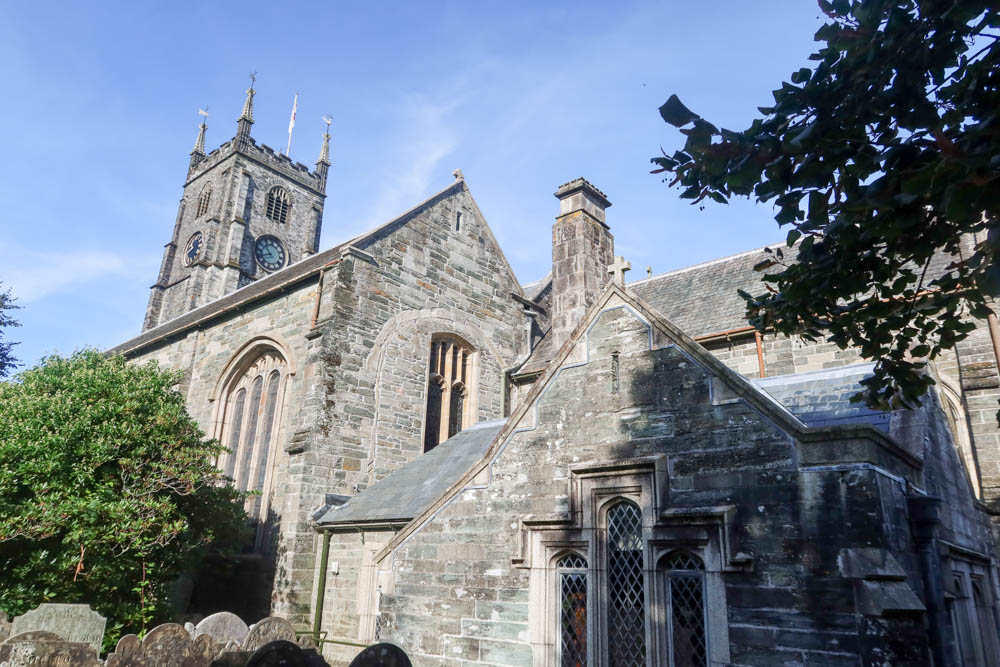
The grade II* listed Church of St Eustachius is well worth visiting, even if you don’t normally go to churches when you travel.
It has an impressive array of stained glass windows and history spanning back to the 12th century. Some parts of the building date from then, although it was largely remodelled in the 15th century.
There was also remodelling work in the 19th and 20th centuries.
It’s free to enter and explore and you can ask any of the volunteers questions.
See the ruins of the Benedictine abbey
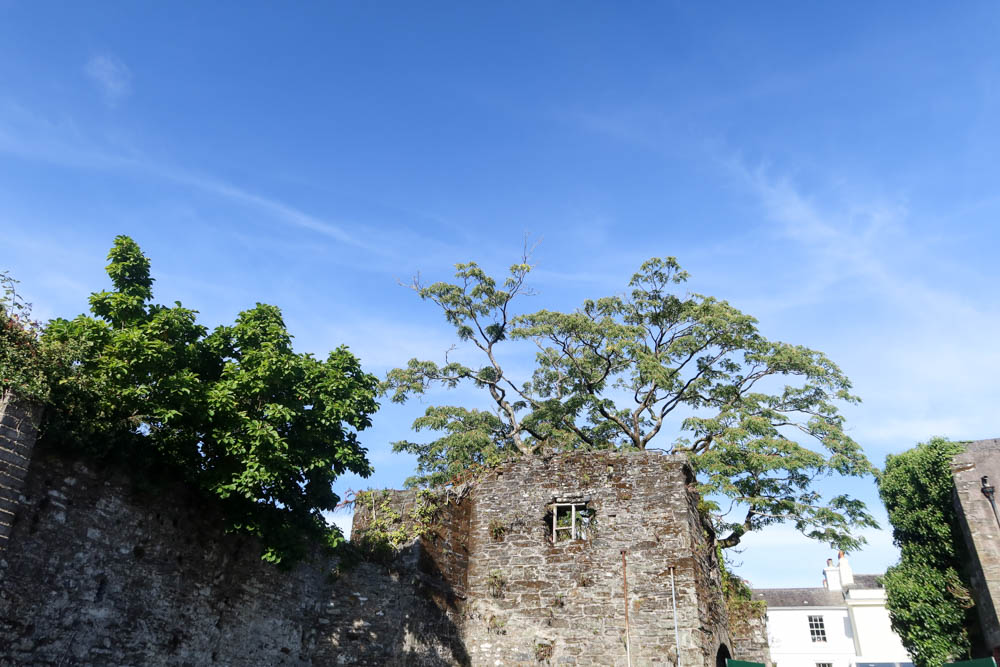
Tavistock used to have a historical abbey; nowadays just the ruins remain (the old refractory, a porch and two gateways) but it’s thought that it was built in 961 when it was founded by the Ealdorman of Devon.
It was quite important throughout the Medieval period but, like many abbeys up and down the United Kingdom, it fell into a ruinous state after the dissolution of the monasteries.
You can’t see that much in Tavistock today, but it’s worth taking a walk around and looking for the wall peeping through!
Independent Shops
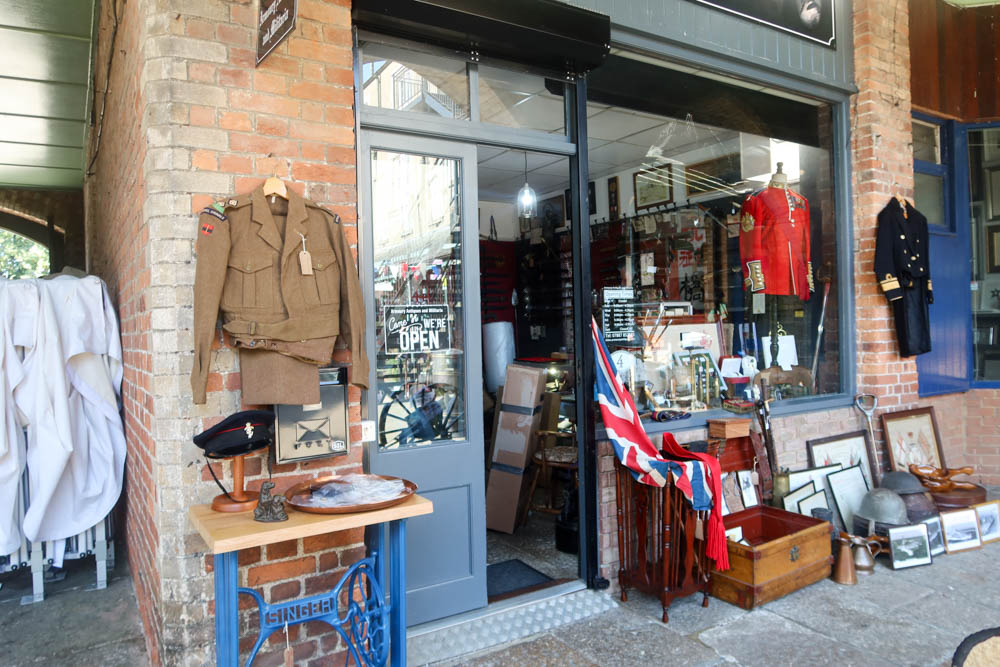
Being a rather trendy town, there are quite a lot of independent shops in Tavistock.
Whether you’re after sophisticated boutiques to buy some gorgeous new clothes, unique toy shops to pick up something for your kids or a handmade soap store that you can smell from streets away, there’s so much on offer within Tavistock.
Being on the edge of Dartmoor, it’s also a great place to purchase some outdoor gear!
Stranded Sheep Cafe
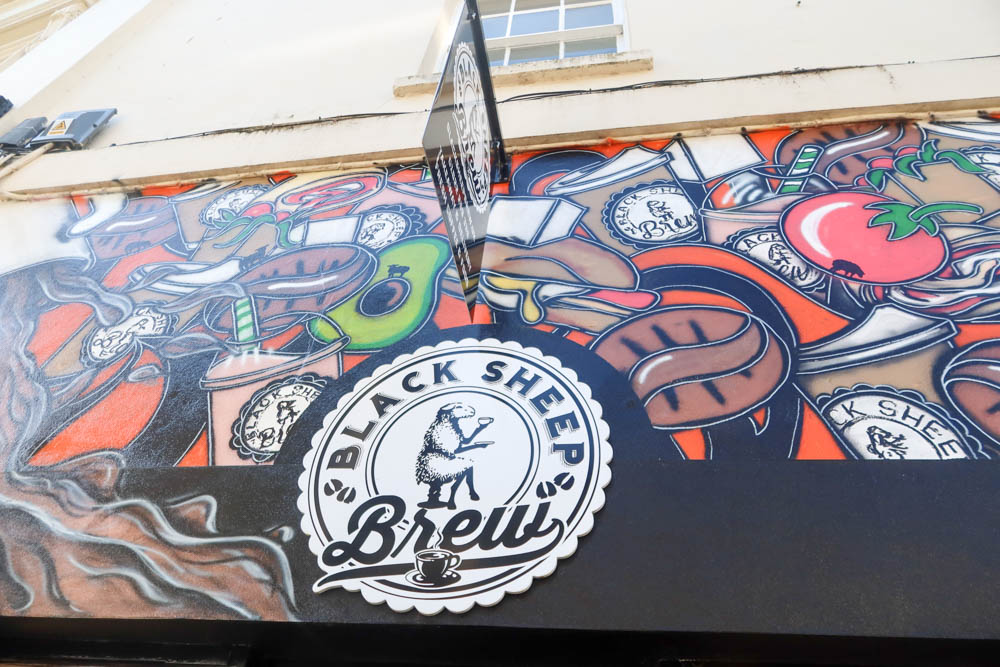
Forget Costa and Starbucks! There are lots of independent cafes in Tavistock that are perfect for your morning brew.
Take a stroll and see what you find, but one of my favourites is The Stranded Sheep.
This quirky eatery serves delicious coffee, frappes and light bites, and is a wonderful local business to support!
Independent restaurants
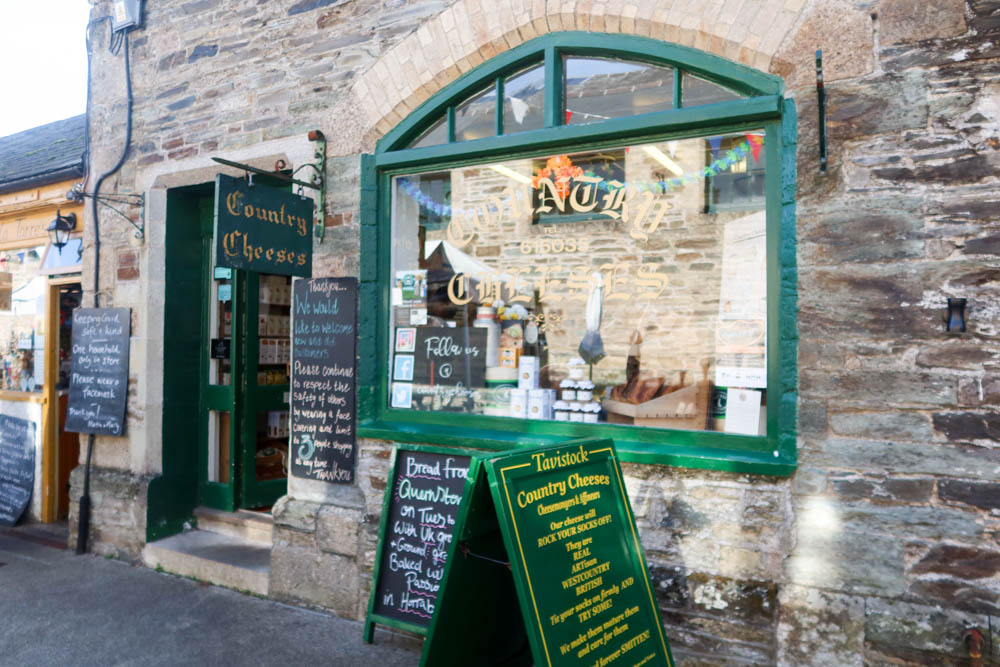
If you want something heavier while you’re in town, there are lots of independent restaurants to try too.
Try the Sunday roast at Taylor’s, pizza at Church Lane or tapas at The Annex.
A walk around Tavistock will definitely have you drooling and wanting to dine on everything!
You can also try an afternoon tea at the Bedford Hotel!
Just make sure that you put the cream first…

Brent Tor
Brent Tor is one of Dartmoor’s many tors.
In fact, it’s one of the closest to Tavistock and it is a nearby place of worship in an extraordinary location.

The church sits on the top of one of Dartmoor’s tors, and it dates back from the 13th century.
It’s thought that it was used as a lookout point, to warn locals of enemies at sea. But eventually, a church was built here.
From the top, enjoy far-reaching views of the entire western part of Dartmoor.
Buckland Abbey

Buckland Abbey is a National Trust property that’s located about a 20 minute drive from Tavistock.
It was initially a monastery, but this changed during the dissolution under Henry VIII.
However, you can still see the religious Great Barn, which is in the shape of a cross!
Sir Francis Drake once lived in the abbey, and today there’s an exhibition all about the Spanish Armada and his life.
It’s well worth visiting Buckland Abbey – although I’d recommend that you purchase a National Trust membership before your visit.
This will enable you to enter all National Trust attractions free of charge for a year!
You can see my full National Trust membership review here or purchase yours by clicking here.
Dartmoor National Park
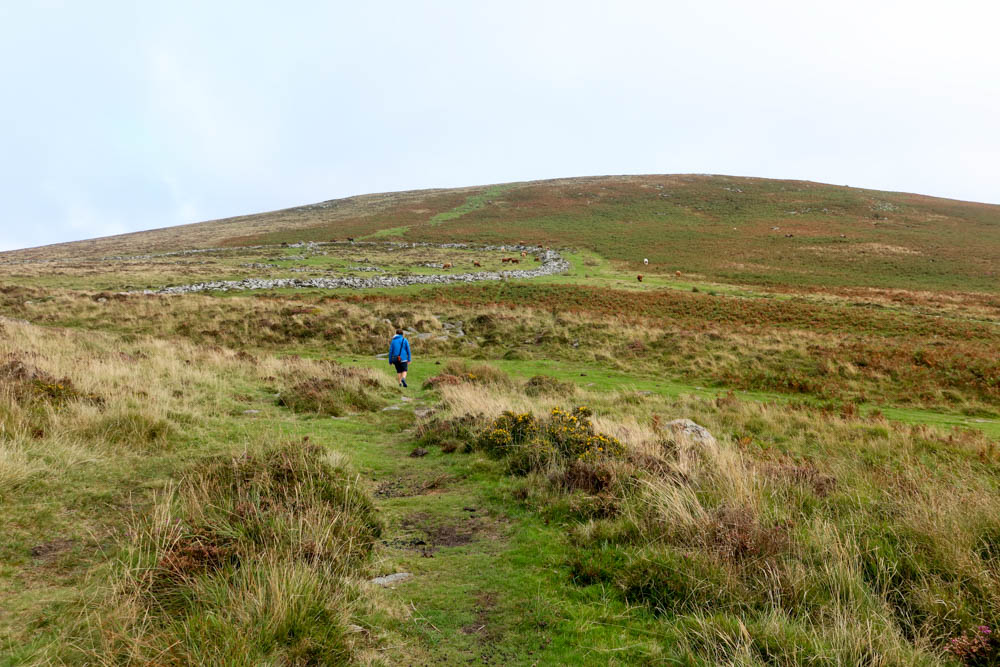
There are so many incredible things to do in Dartmoor National Park.
From some of the best hikes in Devon to mythical ancient stone circles, this is one of the country’s best national parks.
If you want a day of adventure, it’s worth trying some of the fantastic hikes around Dartmoor or even doing a tour of the best spots!
You can see my guide to things to do in Dartmoor here.

Go to the Goose fair
There are a few interesting annual events in Devon each year, and one of these is the Goose Fair in Tavistock.
This is an ancient fair, dating back to the early 12th century.
It’s essentially a large local fair that takes place in October each year.
Expect fairground rides, fun games and more, with some ancient traditions upheld as well!
Tavistock History Museum
As I detailed above, Tavistock’s history is quite intricate! You can learn about it at the Tavistock history museum.
Here, you can learn about Sir Francis Drake and why he wasn’t the hero he’s often made out to be, read about the Medieval Abbey, educate yourself on the downfall of the two railway stations and get a detailed overview of the entire town.
It’s open in the summer months from Wednesday to Saturday 11:00 am to 3:00 pm.
Entry is by donation.
Things to do near Tavistock
Lydford Gorge
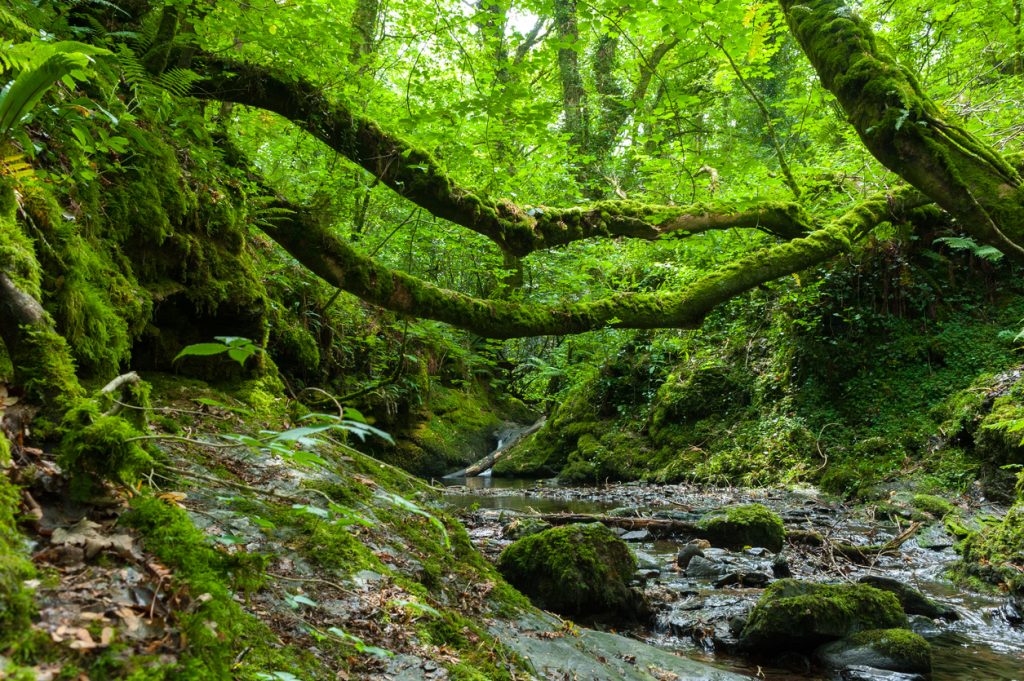
Lydford Gorge is a short drive or bus ride away from the city and it’s one of the most beautiful natural attractions in the whole of Dartmoor.
It’s the deepest river gorge in the UK, and weaves its way around the north western edge of the moor.
It also accommodates a temperate rainforest, which there are quite a lot of in the region.
These are moist woodlands that have unique flora; you’ll feel like you’re in another country as you walk through them!
There’s also a wonderful waterfall at Lydford Gorge.
Unfortunatley you can’t swim here, but it’s well worth visiting for the lovely views!
You can read my full guide to Lyford Gorge here.
Lydford Castle
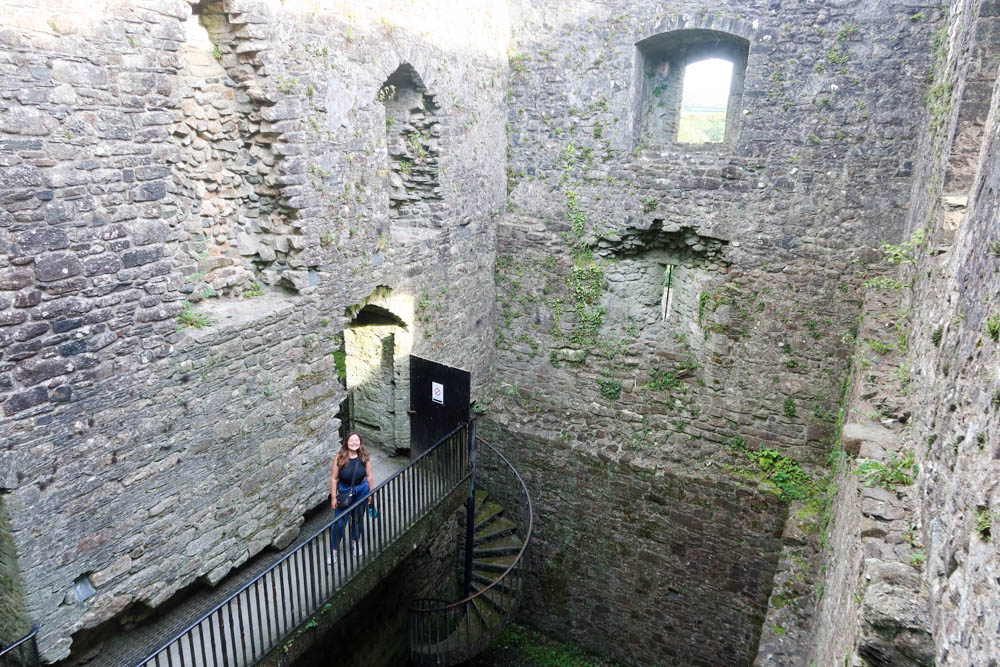
Situated in the village of Lydford, Lydford Castle is an English Heritage property with lots of history.
Free to visit, the castle was constructed in the 13th century and was initially a prison.
However, when the prison was moved to its current location in Princetown on Dartmoor it was used for Stannary purposes.
The castle is open in daylight hours and you don’t need to buy a ticket.
Just park at the free car park opposite and explore!
There are a few other things to do in Lydford too, which you can read about in my blog post!
Okehampton
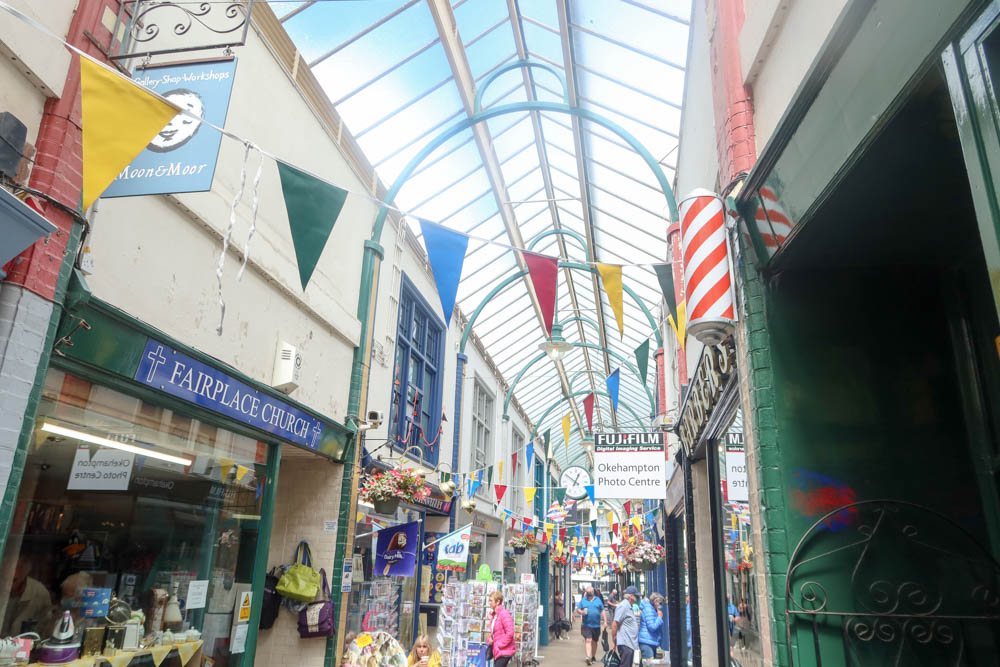
Okehampton is another market town close to Tavistock.
With the historic Okehampton Castle and the Museum of Dartmoor Life which is close to the centre of town, there are a few attractions here.
It’s also just a pleasant town to walk around in and enjoy the buildings.
You can see all of the best things to do in Okehampton here.
The Tamar Valley
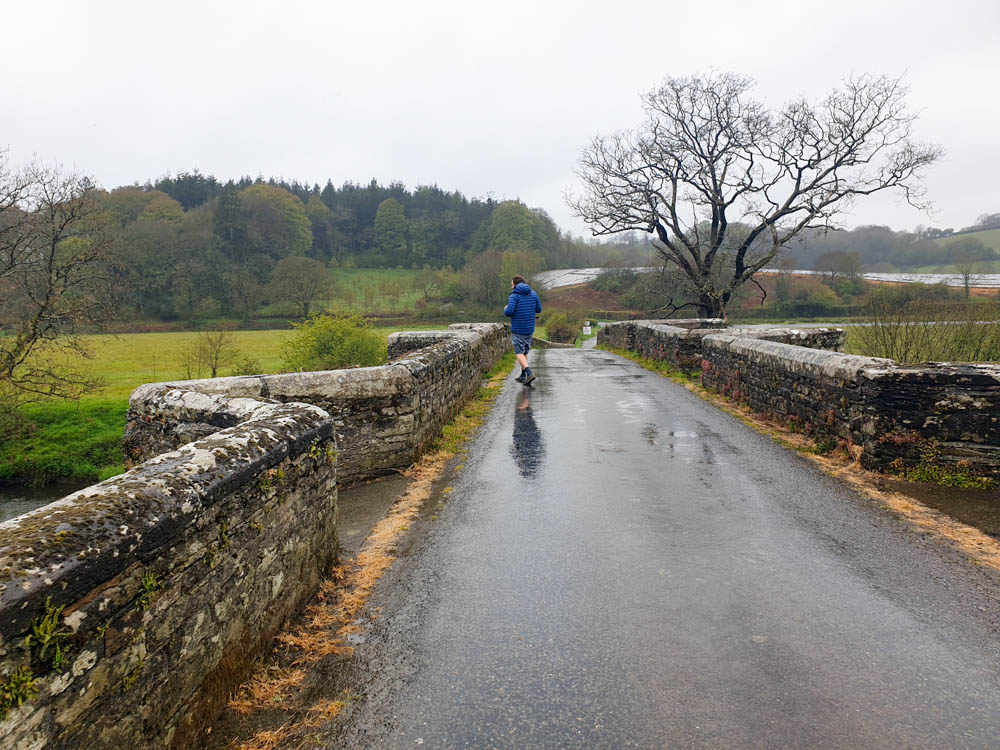
The Tamar Valley is a beautiful area for birdwatching, walking and seeing historical sites.
Head to Calstock and see the viaduct (or take the train over it!) and go back in time at National Trust property Cothele, or visit Gunnislake and pay a visit to the Tamar Trails centre.
Tamar Trails is a centre that focuses on exploring the Tamar Valley.
Visit and learn about cycling trails, walking routes and other outdoor adventures in the area. There’s also a cafe.
Launceston

The historic county town of Cornwall, Launceston is a charming place with a few tourist attractions.
Most notable is Launceston Castle, an English Heritage property that dates back to 1067, just after William the Conqueror landed in Britain.
It’s also worth strolling around the town, seeing the historical buildings and learning about its position at the gateway to Cornwall at the museum.
It’s around a 25 minute drive from Tavistock to Launceston.
See all of the best things to do in Launceston here.
Dingles Fairground Heritage Centre
Located in Lifton, which is just over the Tamar from Launceston, Dingles Fairground Heritage Centre is a must-visit attraction for families and anyone who loves a bit of nostalgia.
It’s essentially a collection of historic fairground rides, spanning from the early 19th century to today.
It’s a fascinating look into society over the centuries!
Postbridge Clapper Bridge

Postbridge Clapper Bridge is one of the most unique places to visit in Dartmoor National Park, and it’s well worth your time, even if it is a little drive to get there!
The Clapper Bridge dates back to the Medieval period, replacing stepping stones going over the river.
Its use was discontinued in the end of the 18th century when the current bridge was built.
It’s a beautiful, one of a kind site and is well worth visiting while you’re in the Tavistock area!
Dartmoor Prison Museum
Located in Princetown, Dartmoor Prison Museum details everything you need to know about the penal system in Devon’s toughest jail.
Learn about its history as a prison in the Napoleonic war to the modern-day inmates.
You can’t actually tour the prison (it’s still a working jail), but the museum is well worth a visit.
Where to stay in Tavistock
- The Bedford Hotel is located in a historic property, with rooms retaining their period features with features like four-poster beds and deluxe bathrooms. Click here to read more.
- Rockmount is a small luxury guesthouse with comfortable beds and opulent en-suite bathrooms. Many of the rooms have views over the town. Click here for more information.
- The Queens Head Wetherspoon is part of the Wetherspoon chain with hotel rooms above. While this is a chain, the hotel rooms are quite reliably good, with comfy beds, hot showers and high-speed WiFi. Plus, the rooms usually have cheap rates too. Click here for more information.
- The Lily Pad is a cosy and friendly one-bedroom apartment with a patio. It’s kitted out with everything you’ll need for a comfortable stay. Click here to read more.
Stay in a North Devon shepherd’s hut near Tavistock!
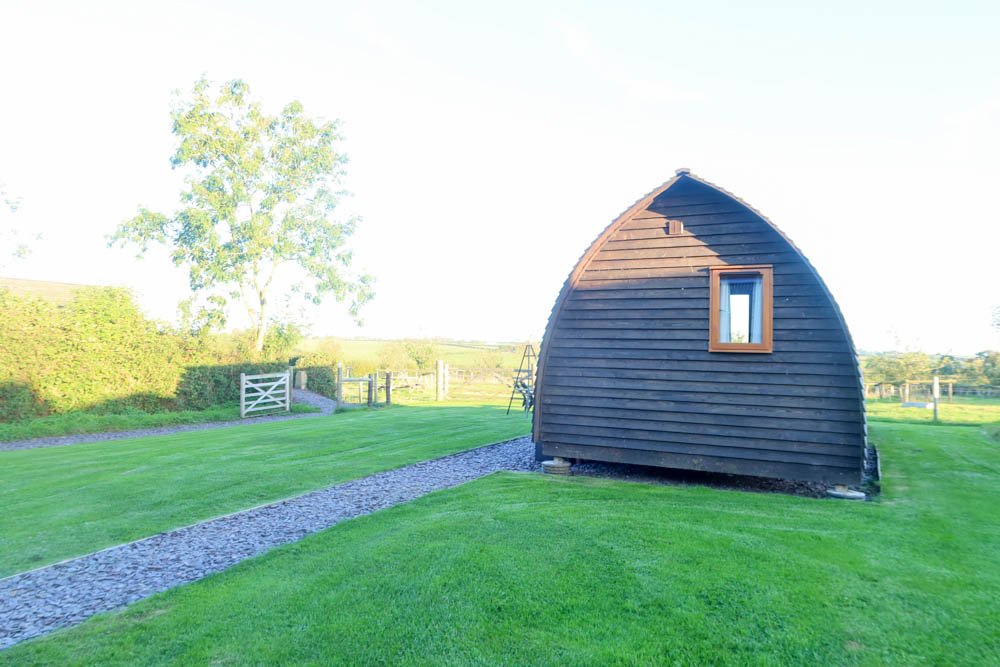
When we visited Tavistock, we stayed in a shepherd’s hut in North Devon, close to the town of Holsworthy.
The shepherd’s hut was compact yet cosy, and had a double bed, shower room, table and sofa.
It was really warm and had beautiful views from the terrace.
There was also a fire pit for colder evenings! I’d really recommend staying here if you can.
You can click here for my full review.
Or, click here to see this shepherd hut on Booking.com!
Other Devon posts and places to visit
From daily markets to annual social events to walks in nearby Dartmoor National Park, there are so many Tavistock events and activities to enjoy while you’re in town!
You’ll love this list of the best things to do in Tavistock and I’m sure you’ll have a great time while you’re here!

